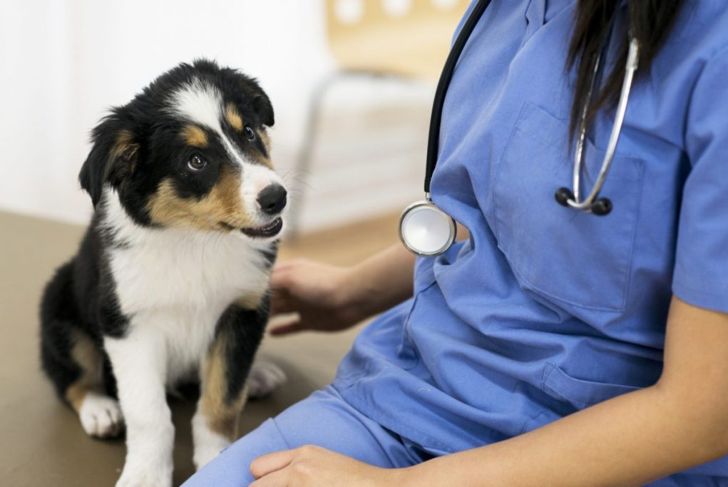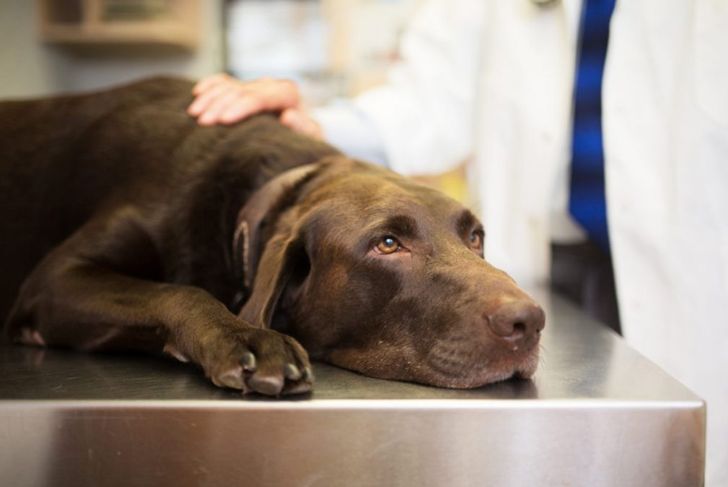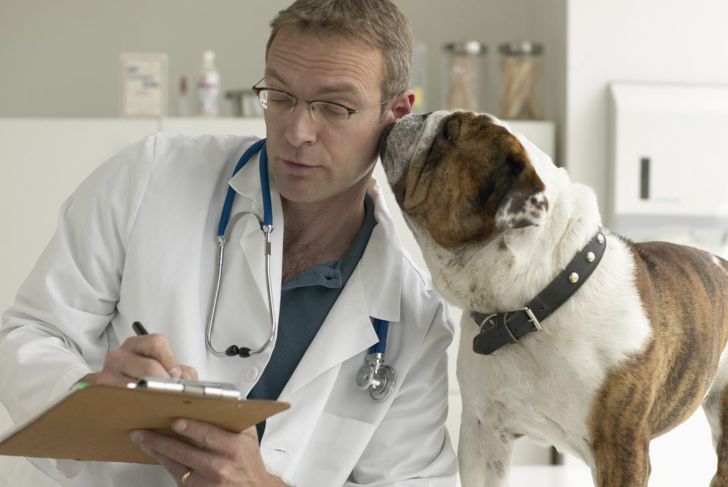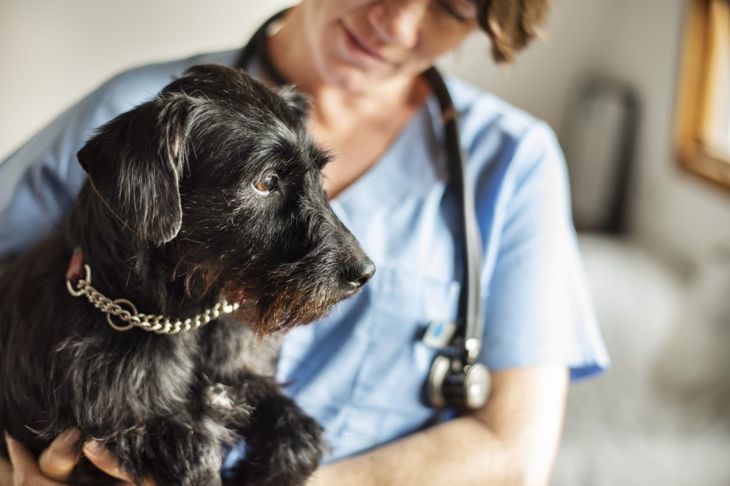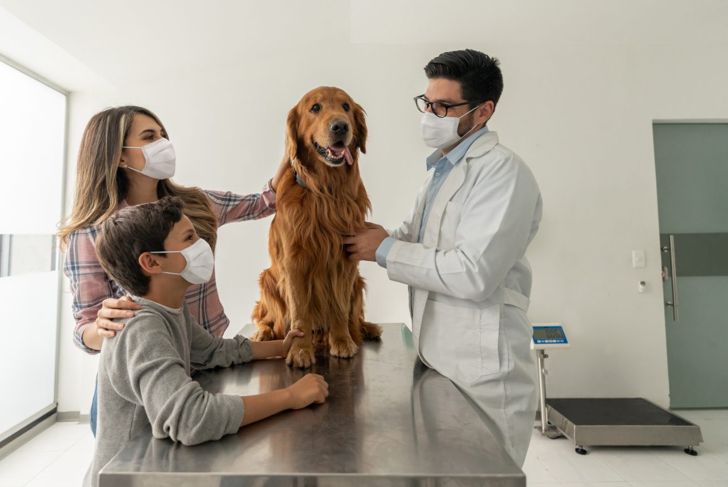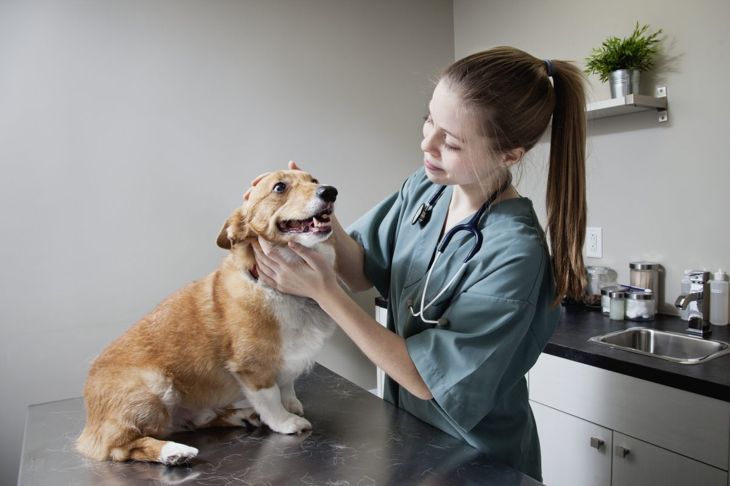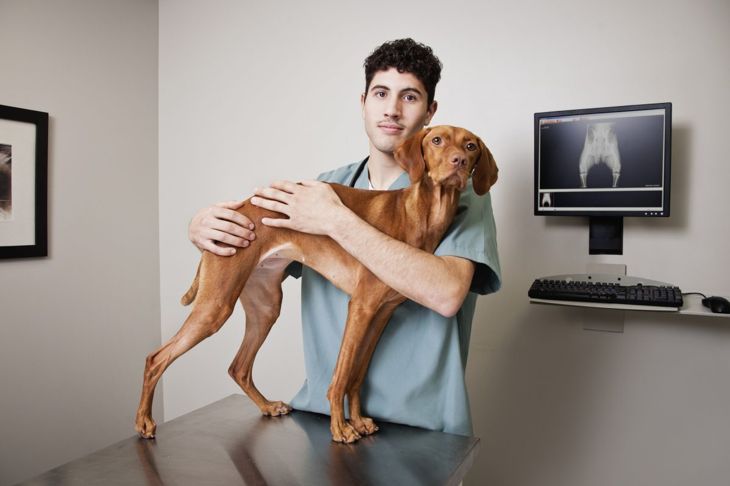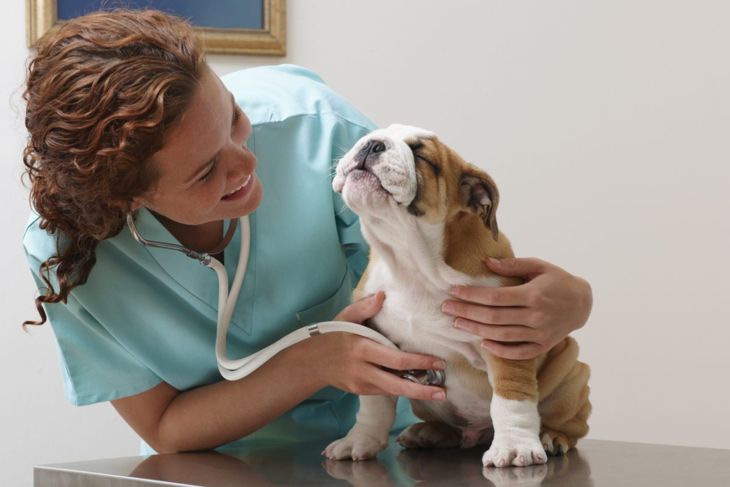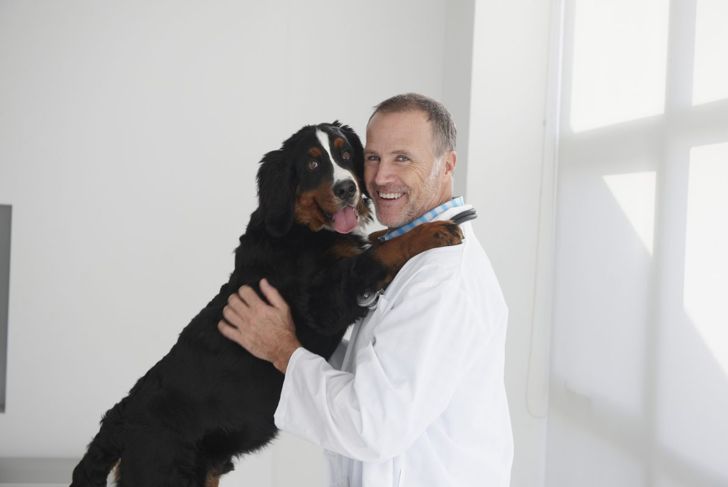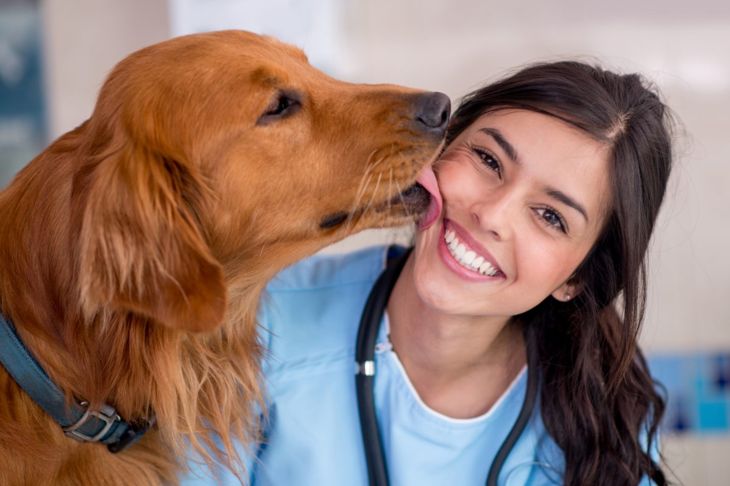Canine hip dysplasia is a common complaint, especially among larger dogs. And while few things are more heartbreaking than seeing your dog struggling to walk, there’s actually hope on the horizon for dogs and owners dealing with this traumatic condition. In recent years, advanced surgical procedures have shown promising results for both young and mature dogs. In addition, studies have shown the increasing benefits of giving joint supplements to prevent the disease from starting or progressing. If you suspect that your dog has hip dysplasia, it’s crucial to schedule a vet appointment so you can find out about the wide variety of treatment and prevention options currently available.
What causes hip dysplasia in dogs?
Chronic hip dysplasia (CHD), also simply known as hip dysplasia, is caused by a growth abnormality in the hip, which is initially caused by the CHD gene. The hip ball and socket need to grow at equal rates to fit properly together during a dog’s growth. When they don’t, this causes a looseness in the joints. As the body tries to stabilize the loose hip joint, the cartilage and hip bone can begin to wear down. This can result in several disabling conditions, including degenerative joint disease and osteoarthritis. It’s now known that there’s a genetic component to the condition, so heredity and breed play a part in risk factors. Research also shows that diet can play a part, particularly if puppies are fed too much. Studies have shown that, compared to normal-weight puppies, overweight puppers are nearly twice as likely to develop hip dysplasia.
What are the symptoms of hip dysplasia?
The most common symptoms of hip dysplasia are lameness (either occasional or chronic); weakness or pain in the hind legs; limping (with no apparent injury); trouble jumping onto furniture; cracking or popping joints; clicking sounds while walking; a hopping movement when running; trouble sitting or standing; crying, whimpering, or obvious pain during movement; lack of interest in play; pain when the thigh is touched; trouble climbing stairs; and abnormal gait.
When should you see your vet?
As soon as you notice any symptoms of hip dysplasia, even in a very young puppy, you should contact your vet immediately. The sooner it’s diagnosed, the better your dog’s treatment options are.
What to tell your vet
You’ll want to give your vet a good description of the symptoms you’ve noticed, so consider writing them down before your appointment. Also, you’ll need to share details about your dog’s behavior, diet, exercise regimen, and current medications. If your dog seems to be having any other health issues, mention these as well, even if they don’t seem to be related.
Diagnosing hip dysplasia in dogs
Sometimes, a routine physical exam is all a vet needs to make a diagnosis of hip dysplasia. In other cases, a vet will perform a number of tests. These may include: manipulating your dog’s hind legs to check for looseness, pain, or reduced motion, doing blood tests to detect inflammation levels, and making a radiograph or X-ray of your dog’s hips. These diagnostics will help your vet determine the best available treatments for your dog.
Treatment options for hip dysplasia
Depending on your dog’s age and health, surgery might be a viable option. The three most common surgical procedures for hip dysplasia are double or triple osteotomy (cutting the pelvic bone and then rotating the segments), femoral head osteotomy (cutting the ball of the hip joint), and performing a total hip replacement. If surgery isn’t recommended, your vet will prescribe treatments like physical therapy, joint fluid modifiers, anti-inflammatory medications, and joint supplements. Your vet may also recommend weight reduction and restricted exercise, particularly on hard-surface floors.
How common is hip dysplasia in dogs?
According to studies conducted at Cornell University, more than 70 percent of dogs in some breed categories are liable to have hip dysplasia. The incidence rates vary greatly from breed to breed, with large dogs being at higher risk.
Which breeds are at higher risk for hip dysplasia?
Larger breeds are at a much higher risk of developing hip dysplasia. These include Labrador retrievers, German Shepherds, Great Danes, Rottweilers, Mastiffs, Saint Bernards, and other hounds. And although smaller dogs aren’t usually considered high-risk, several small breeds, including Pugs and French bulldogs, are also included in the high-risk category. In addition, hip dysplasia is hereditary, so genetics also play a part in risk level.
Long-term prognosis for hip dysplasia
Although it can be a disabling and painful condition, dogs treated for hip dysplasia can live long, full, happy, and comfortable lives, with their pain and discomfort, kept to a very low level or even, in some cases, in some cases, virtually eliminated. The key to success is early detection and treatment.
How to prevent hip dysplasia
One crucial way to prevent hip dysplasia in puppies is to not overfeed them, especially when they’re between 3-10 months old. When puppies are overfed, this can cause too-rapid growth in primary bones (including hip bones), which the cartilage can’t keep up with. If you’re purchasing a dog or puppy from a breeder, be sure to find a reputable one, and make sure there isn’t a history of CHD in the dog’s bloodlines. Also, talk to your vet about CHD supplements, especially those containing glucosamine and chondroitin. Studies have shown that these can help reduce joint pain and deterioration, but it’s important to ask your vet before adding any supplements to your dog’s diet. Finally, at the first signs of hip dysplasia, see your vet to discuss treatment options. The earlier you catch it, the better your options are for successful treatment.

 Home
Home Health
Health Diet & Nutrition
Diet & Nutrition Living Well
Living Well More
More